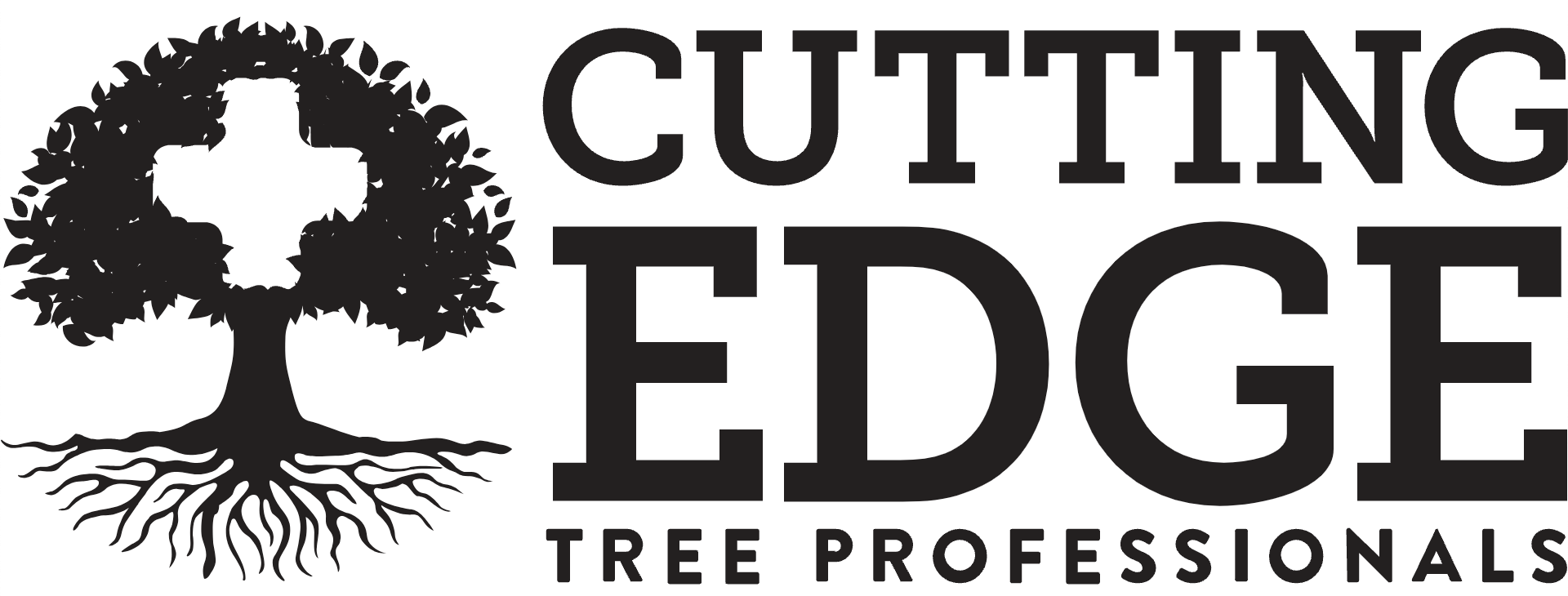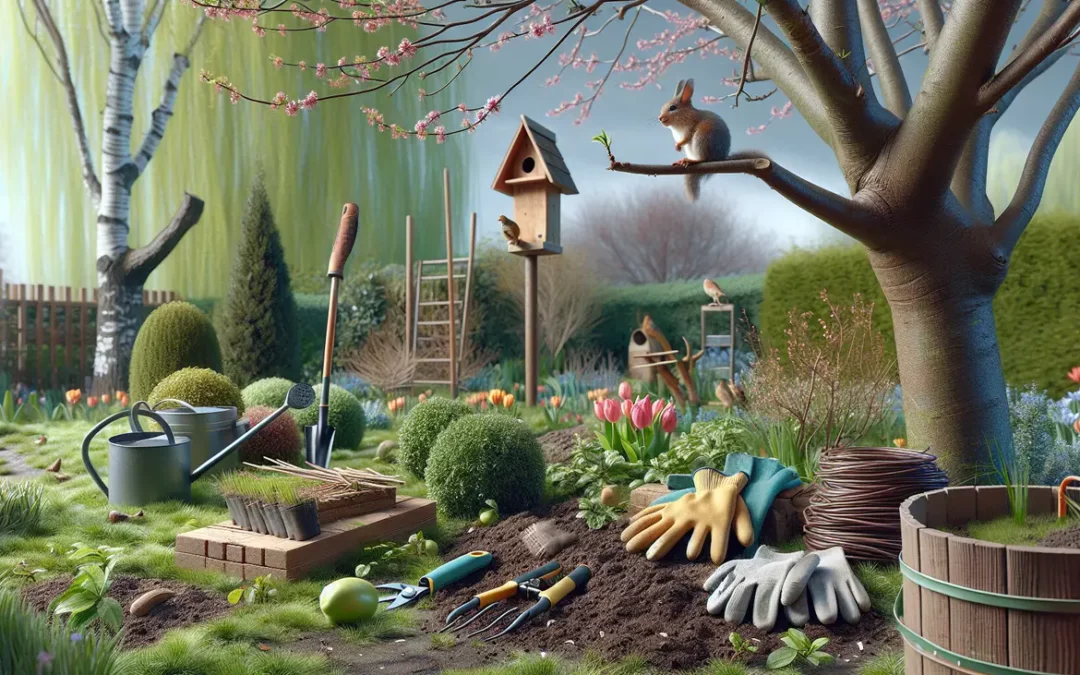Introduction: The Importance of Preparing Your Yard for Spring
As winter fades away and the first signs of spring start to show, it’s essential to start thinking about your yard. You might not realize it, but the health of your trees and plants in spring starts with the care you provide them now. Preparing your yard for spring isn’t just about making it look pretty; it’s about ensuring that your trees and plants get a strong start for the new season. This early effort means you can look forward to a lush, vibrant yard that’s the envy of the neighborhood. From assessing the damage left by winter to laying the groundwork for healthy growth, the steps you take now will pave the way for a flourishing garden. So, let’s get to work on getting your yard spring-ready, focusing on the well-being of your trees and plants. It’s more than just a chore; it’s an investment in the beauty and health of your home environment.
Understanding Tree and Plant Health Care
Tree and plant health care is not just about making your yard look nice. It’s about ensuring your green friends are healthy, strong, and able to thrive come spring. Think of it as a check-up for your plants. This involves monitoring them for signs of disease, providing the right nutrients, and sometimes even intervening with professional help if they get sick. The goal is to create an environment where your trees and plants can flourish. This means watering them correctly – not too little and certainly not too much. It’s also about knowing what type of soil you have because that determines what kind of care they’ll need. A big part is keeping an eye out for pests that could harm them. Regularly checking leaves for unusual spots or insects can save a lot of trouble down the line. In a nutshell, tree and plant health care is about being proactive. Don’t wait for your plants to look wilted or for your trees to start losing leaves before you act. By then, it could be too late. Start now, and come spring, you’ll have a yard that’s not only beautiful but healthy too.
Assessing Your Yard: What to Look For
When eyeing your yard for spring, start with a thorough look around. Check if the winter left any guests – like broken branches or upturned roots. These need to go. Look out for trees that seem out of shape or have dead spots; they might be crying for help. Don’t ignore small plants. Yellowed leaves or stunted growth? Could be a sign they’re not getting what they need. It’s also smart to notice how water runs through your garden. Puddles mean drainage issues, and trust me, plants hate wet feet. Lastly, think about what you want to see in your garden. More colors? More shade? This is the time to plot it out. Spotting problems early and knowing your garden goals sets you up for a lush, thriving space when it’s finally time to kick back and soak in the spring sun.
Pruning: A Key Step to Optimal Plant Health
Pruning isn’t just about making your trees and plants look good; it’s crucial for their health and growth. By cutting away dead or overgrown branches, you help prevent pests and diseases from taking hold. Think of it as giving your plants a clean slate to grow stronger and healthier. Spring is the best time for this, as trees are waking up from their winter nap and are ready to burst into growth. Don’t just hack away though. It’s important to know where and how to make cuts to protect your tree’s health. Always use sharp, clean tools to avoid damaging the tree. If you’re not sure how to prune correctly, consider hiring a professional. They can ensure that your trees and plants get the proper care they need to thrive, setting up your yard for a lush, vibrant spring.
Soil Health: The Foundation of a Thriving Garden
Healthy soil is essential for a thriving garden. It’s where your trees and plants get their nutrients from. If the soil is not up to par, your plants won’t grow well, no matter how hard you try. Think of soil health as the foundation of your garden’s success. You can check your soil’s health by looking at its color, texture, and even by doing simple home tests for pH level and nutrients. If your soil is too sandy, too clayey, or lacks essential nutrients, you can improve it. Add organic matter like compost or manure. This boosts nutrient levels and improves soil structure, making it easier for roots to grow. Remember, healthy soil means healthy plants. Start by taking care of the soil now, and come spring, your garden will be on the right track to flourish.
Mulching Techniques and Benefits
Mulching is a game-changer for your yard, and spring is the perfect time to get it right. You’re not just throwing down some wood chips; you’re doing your garden a world of good. First off, it fights off those pesky weeds that try to take over. It keeps the soil cool and moist, which your plants love. In the hot months, it’s like giving your plants a sip of cold lemonade. It also makes your yard look neat. Now, there are a couple of ways to do it, and it’s not rocket science. Use organic mulches like wood chips or straw—they break down and feed your soil. But spread it right—not too thin, not too thick. About 2 to 4 inches will do the trick. Keep the mulch a bit away from tree trunks and plant stems to avoid rot. That’s it. Simple, right? So, grab some mulch and give your yard the love it deserves. It’s an easy win for you and your garden.
Proper Watering Practices for Spring Preparation
When you’re getting your yard ready for spring, don’t just focus on new plants or cleaning up. Pay attention to watering, it’s key. Trees, shrubs, and your grass need different amounts of water. Start slow as plants wake up from winter. Too much water can drown roots, and too little can stress them out. A good rule of thumb is to water deeply but infrequently. This helps roots grow deep and makes plants stronger. Use a simple method like the “inch per week” rule for lawn and most established plants, mixing rain and your watering to hit that target. For new plants or trees, check the soil before watering. If it’s dry a few inches down, it’s time to water. Remember, early morning is the best time to water to reduce evaporation. Stick to these basics, and you’ll set your yard up for a blooming spring.
Fertilizing: Giving Your Plants the Nutrients They Need
Food for your plants – that’s what fertilizer is. Think of it as a necessary breakfast for your garden. Just like you need fuel to get going, your plants crave nutrients to grow strong and healthy. Now, not all fertilizers are the same. There’s a whole world out there of different types. You’ve got organic, which comes from natural sources like compost or bone meal. Then there’s synthetic, cooked up in a lab but designed to feed plants fast. The trick is knowing what your green buddies need. Too little, they’ll starve. Too much, and you might burn their roots. It’s like Goldilocks; you’ve got to get it just right. Start with a soil test. It’s a game-changer. This will tell you exactly what’s missing in your yard’s diet. Then, pick your fertilizer based on that. Remember, slow and steady wins the race. A slow-release type keeps your plants fed over time, cutting down on the need for constant care. Lastly, timing is everything. Early spring is a good bet for most yards, but check what your specific plants thirst for. Give them what they need, and watch your garden thrive.
Pest and Disease Management Strategies
Pests and diseases can turn your dream garden into a nightmare fast. But don’t worry, it’s all about knowing the right moves. First up, always inspect your plants. Catching pests or diseases early is key. If you see something off, it’s time to act. For pests, natural predators like ladybugs are your best friends. They munch on aphids and other small pests, keeping things in check. Neem oil is another ace up your sleeve. It’s a natural pesticide that keeps pests away without harming your plants. For diseases, it’s all about keeping things clean. Remove any infected leaves or branches pronto to stop the spread. Also, make sure your plants aren’t too close together. Good air flow works wonders in preventing diseases. Remember, prevention is your main strategy. Keep your garden clean, your plants well-fed, and water at the base, not the leaves. This basic care keeps most pests and diseases at bay, making your garden a tough fortress to crack.
Summing Up: A Comprehensive Checklist for Spring Yard Preparation
To get your yard spring-ready and your plants thriving, let’s break it down into a simple checklist. First off, clean up. Remove any dead leaves, branches, and debris from your yard. This not only makes your yard look tidy but also prevents the growth of harmful fungi and pests. Next, prune your trees and shrubs. It’s crucial for promoting good health and encouraging new growth. However, be mindful of what and when you prune. Some plants prefer it in late spring, so double-check. Moving on, it’s time to test your soil. Knowing its condition is key to understanding what nutrients your plants need. You might need to add fertilizers or adjust the pH. After that, plan your watering schedule. Over or under-watering can harm plant health. Installing a drip irrigation system can be a game-changer for efficiency. Lastly, mulching. It helps conserve moisture, reduces weeds, and protects roots. Aim for a 2-3 inch layer but avoid piling it against stems or tree trunks. Stick to this plan, and you’ll have a yard that’s not only prepared for spring but also a vibrant space for plants to flourish.


